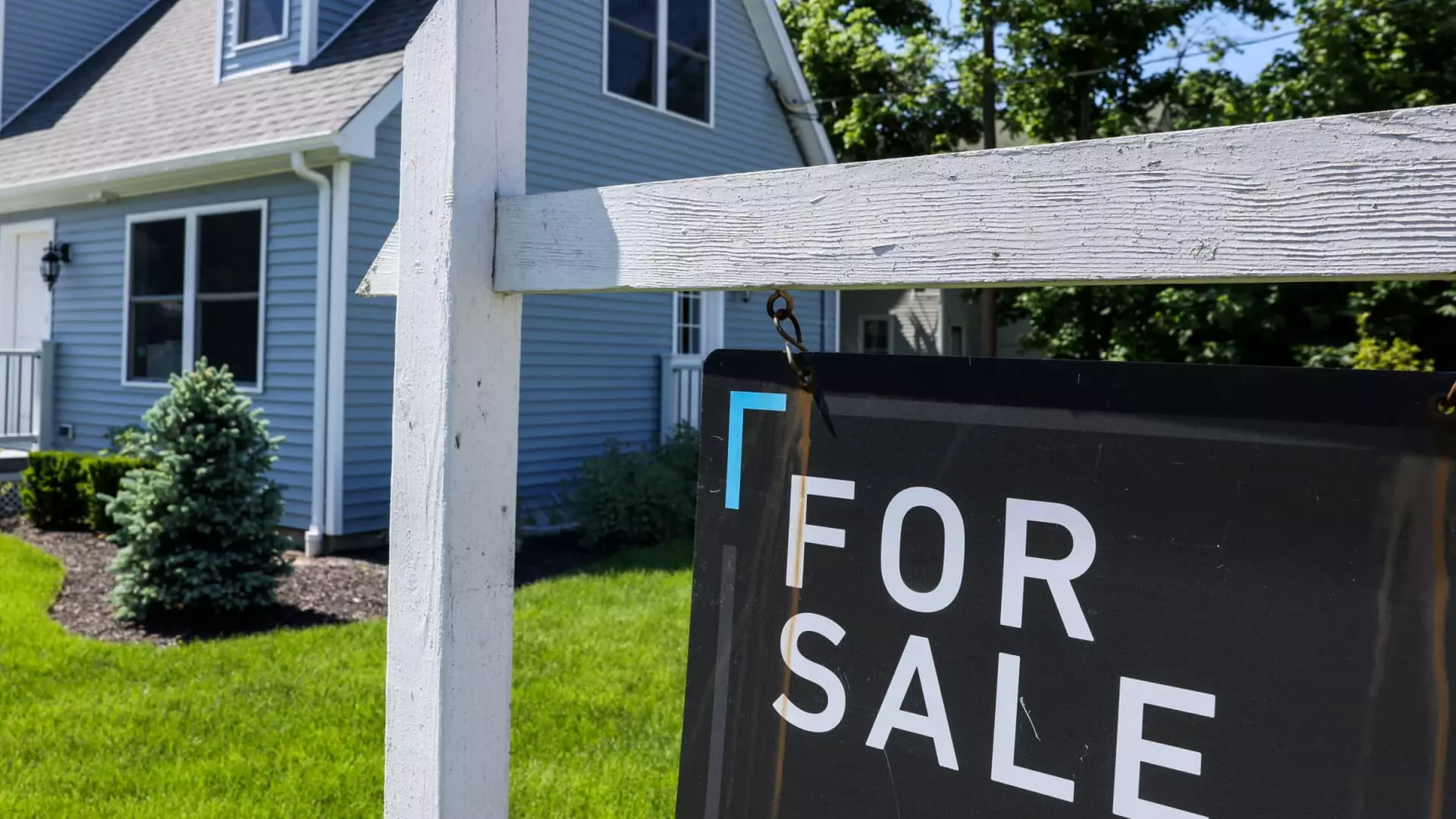In a recent reversal of trends, mortgage rates have dipped slightly, which has reignited consumer interest in refinancing home loans. This week, refinances surged by 10% compared to the previous week, with a remarkable 33% increase relative to the same week last year, as reported by the Mortgage Bankers Association (MBA). This uptick follows an impressive 12% rise in refinance applications recorded the week before. Currently, the average contract interest rate for a 30-year fixed mortgage with conforming loan balances fell from 6.97% to 6.95%, while the points remained constant at 0.64 for loans requiring a 20% down payment.
One of the key factors contributing to this surge in refinancing applications is homeowner equity. Research from Redfin indicates that approximately 17% of homeowners with an existing mortgage have interest rates equal to or exceeding 6%. This figure represents the highest percentage since 2016 and highlights a significant opportunity for many homeowners to take advantage of lower rates. As rates hover near the 7% mark, borrowers are becoming increasingly responsive to these fluctuations, particularly as the average loan size for refinancing has increased.
Joel Kan, the vice president and deputy chief economist at the MBA, notes that this responsiveness among borrowers is crucial as it reflects a potential shift in market dynamics. “The average loan size for refinance borrowers increased, illustrating the strong comfort level with potential savings during a rate drop,” Kan explained. However, with rates fluctuating, the overall number of individuals who can truly benefit from refinancing remains minimal, primarily due to the high costs associated with the process.
While refinancing activity is on the rise, the purchasing side of the market tells a different story. Mortgage applications for purchasing new homes experienced a decline of 2% this week, albeit still 2% higher than one year ago. This stagnation highlights the ongoing challenges faced by potential homebuyers, particularly those entering the market for the first time, who are confronted with steep home prices and limited inventory. The shift in consumer activity is predominantly occurring at the higher end of the market, with the average loan size for purchase applications reaching a peak of $456,100—an increase largely driven by a decrease in FHA loan applications in favor of VA loans, as Kan mentioned.
As the week progresses, there remain concerns about inflation data, which could significantly affect mortgage rates. A separate survey indicated that rates may slightly rise at the start of the week. Matthew Graham, the chief operating officer at Mortgage News Daily, expressed caution, stating that the forthcoming consumer price index will be crucial in determining future mortgage rate trends. “With anticipation surrounding early-year inflation data being notoriously tricky to predict, markets are on high alert,” Graham remarked.
The implications of these fluctuations are profound, both for homeowners looking to refinance and for potential buyers navigating a treacherous and fluctuating market. As we proceed into uncharted territory, a keen eye on economic indicators will be essential for understanding and adapting to a continually evolving mortgage landscape.

